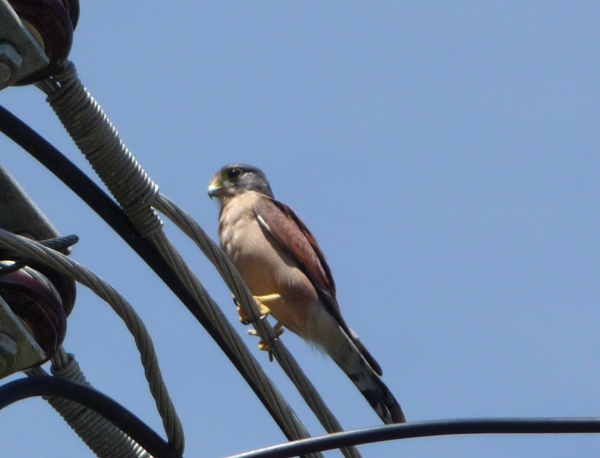Facts About Seychelles kestrel
The Seychelles kestrel, locally known as the "katiti" in Seychellois Creole, is a distinctive bird of prey that resides exclusively in the Seychelles Islands. It holds the unique distinction of being the only bird of prey that breeds in these islands. As a member of the falcon family, Falconidae, and the genus *Falco*, this kestrel is remarkably the smallest of its kind. It typically measures 18–23 cm in length with a wingspan of 40–45 cm, making it notable for its compact size. Adult males are characterized by reddish-brown upperparts adorned with black spots, while females are similar in appearance but slightly larger and paler. Juvenile kestrels can be identified by their brown, streaked heads and spotted breasts.
In terms of habitat, the Seychelles kestrel is quite adaptable. These birds can be found in forests, scrublands, farmlands, and even around rock faces and human dwellings. Their diet primarily consists of lizards, especially green day geckos and skinks, which constitute a substantial 92% of their intake. They also feed on small birds, frogs, rats, and insects. Remarkably, their breeding territory is the smallest of any bird of prey, encompassing just 40 hectares. The breeding season extends from August to October, with nests typically located on cliffs, trees, or buildings.
Regrettably, the Seychelles kestrel is classified as vulnerable, with only about 800 individuals remaining. The species faces several threats, including habitat loss due to logging, housing development, and fires. Introduced species such as rats, cats, and barn owls also represent significant risks through predation and competition. Historically, these birds were often persecuted by humans due to misunderstandings about their behavior, though such incidents have thankfully become rare. Conservation efforts have been initiated, including the reintroduction of the kestrel to islands like Praslin in 1977, which has contributed to stabilizing their population.
